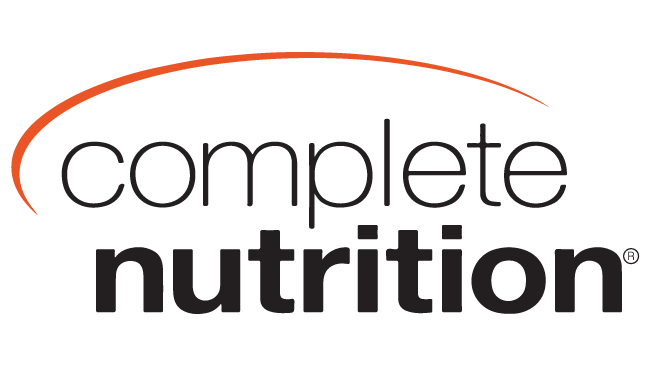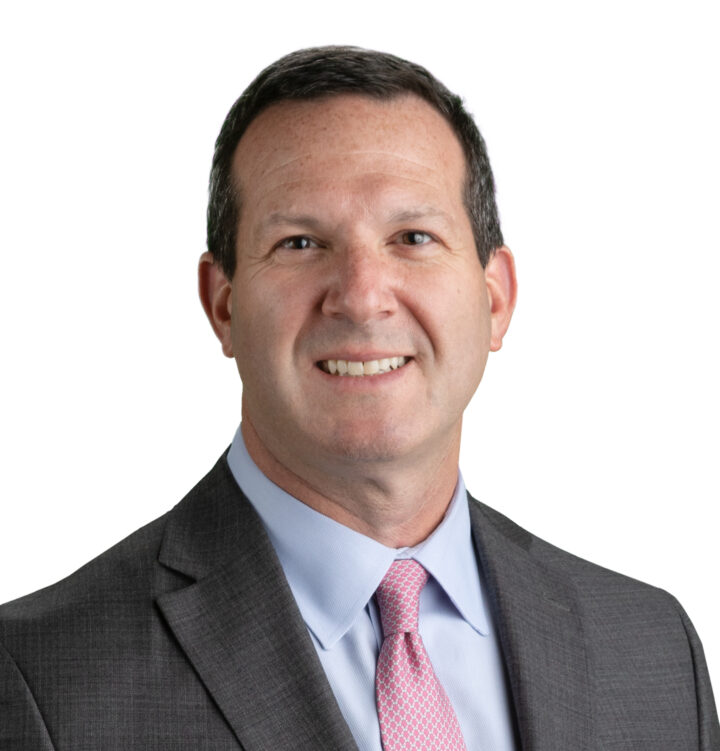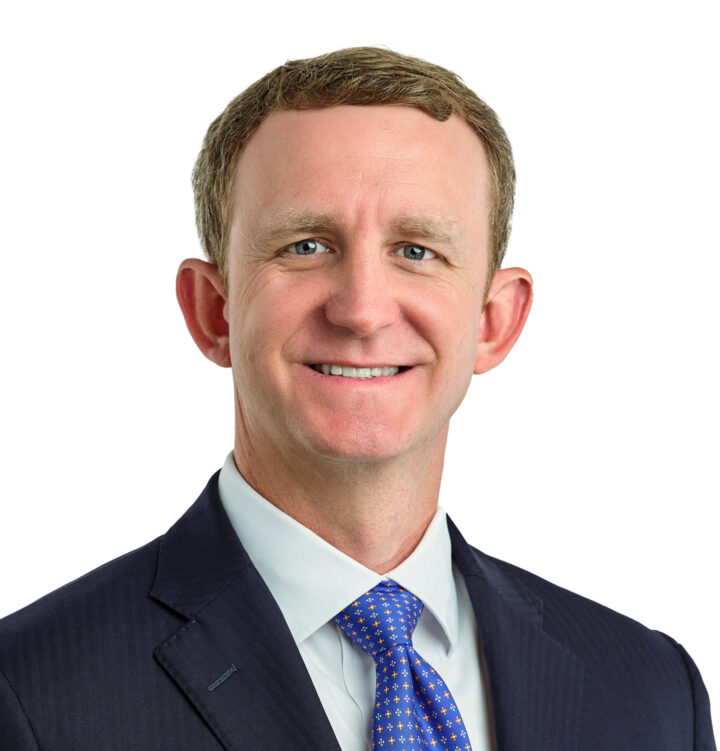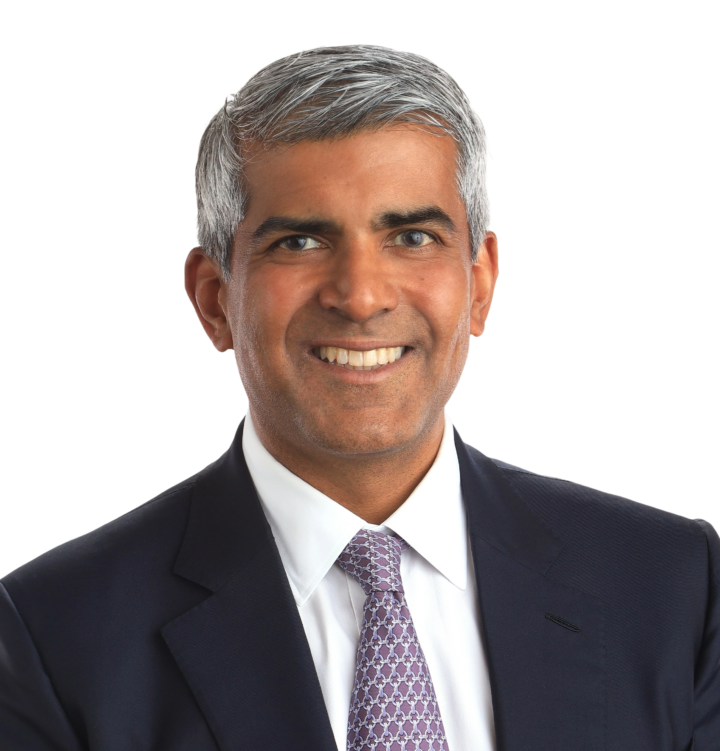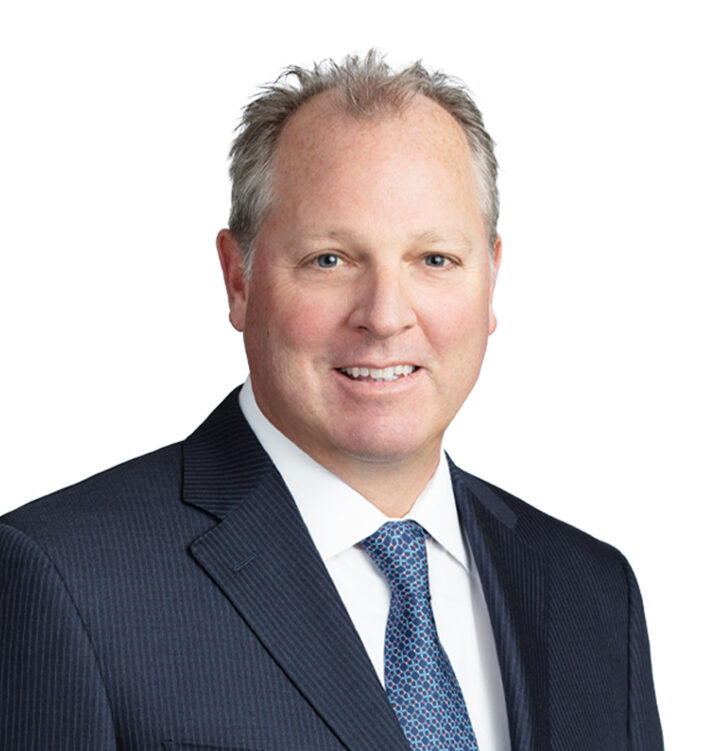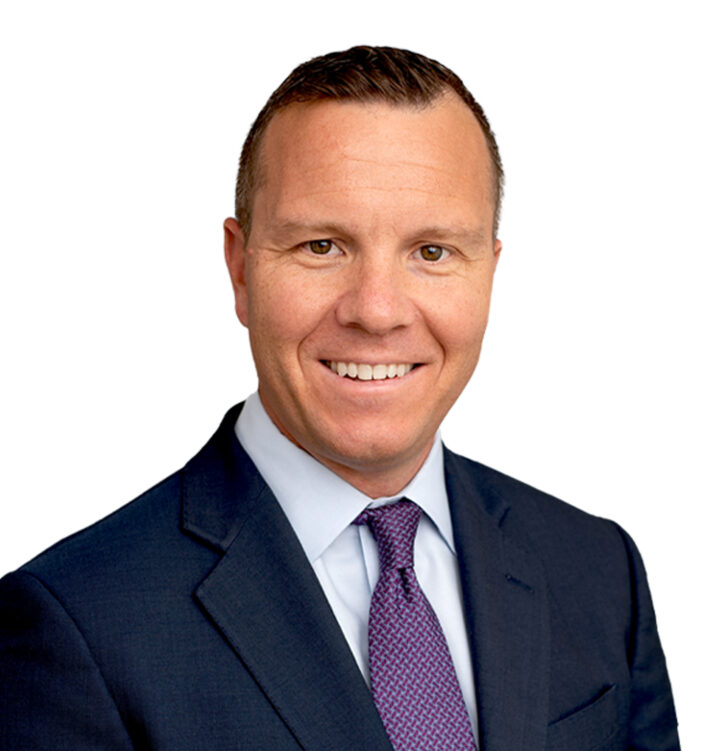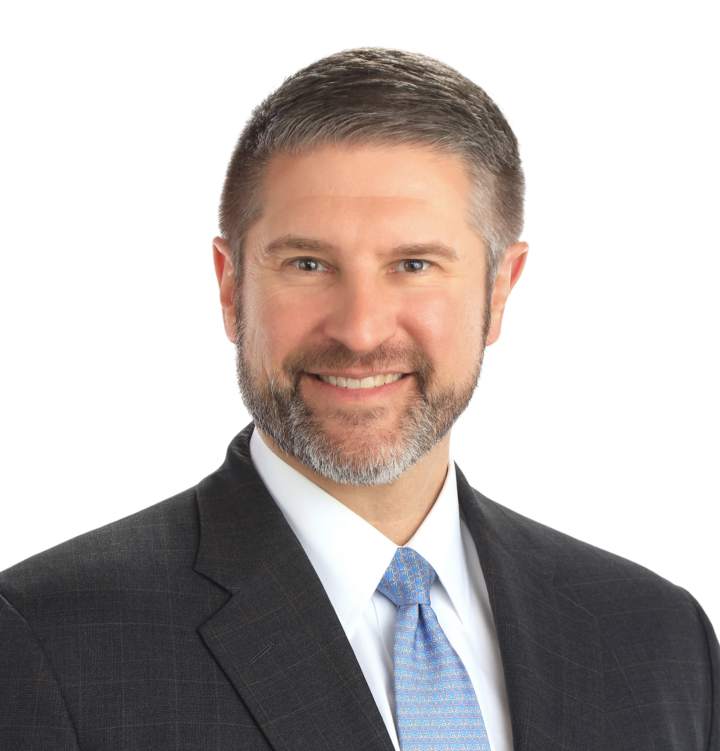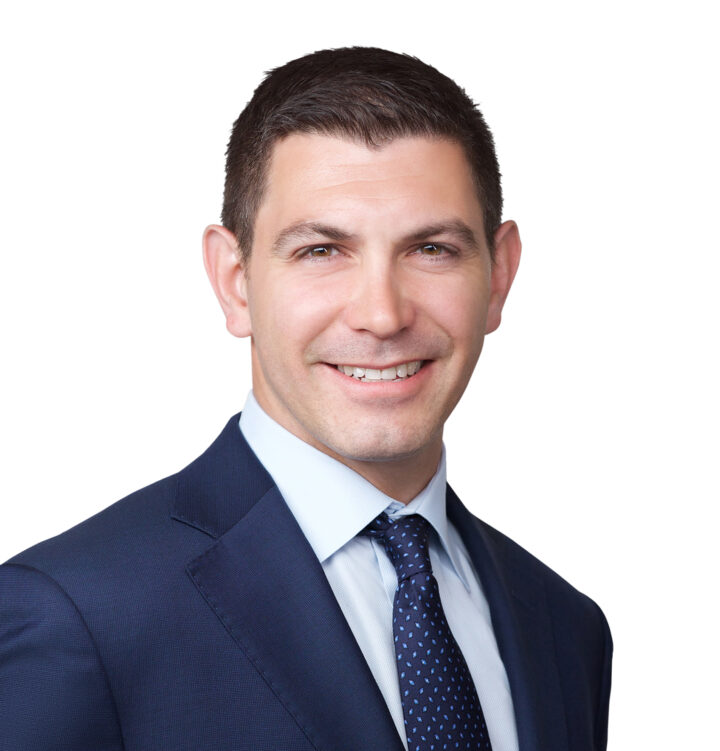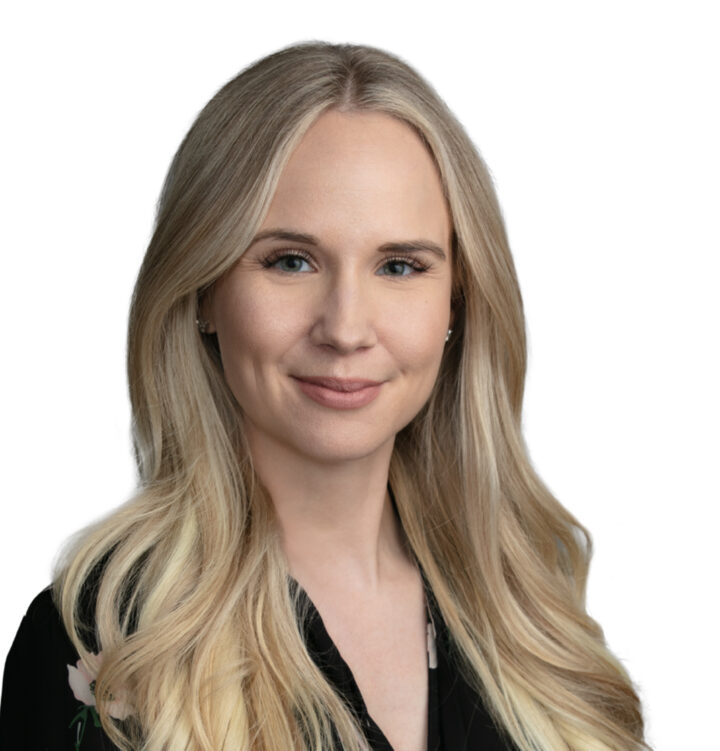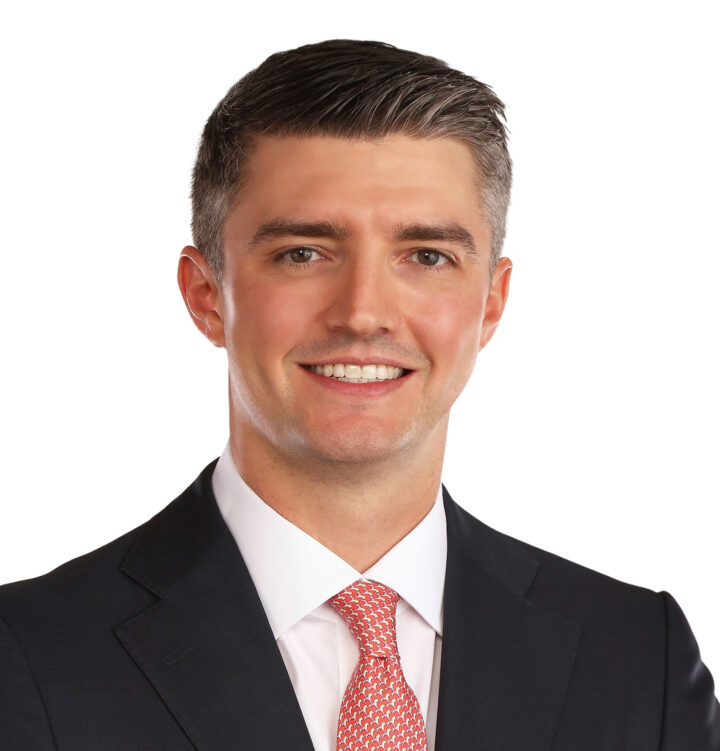How Health & Wellness Trends Could Reinvigorate Consumer Mergers & Acquisitions (M&A)
- Tosh Dhanalal, Managing Director | Head of Consumer Investment Banking
- Peter Mangan, Managing Director
The consumer M&A market is showing signs of cautious optimism in 2025. Strategic buyers and private equity (PE) firms are actively searching for investment opportunities, taking a disciplined approach during potential target evaluation.
This optimism is underpinned by continued consumer spending in select categories, including wellness, better-for-you food and beverage and beauty. According to the Global Wellness Institute, despite persistent macroeconomic uncertainty and recession fears, Americans spend more than $6,000 per person on health and wellness each year1 .
Despite the sustained interest in health and wellness, the current tariff environment presents unique challenges that fundamentally differ from previous trade tensions. Unlike the more targeted 2018 approach, the current slate of tariffs leaves companies without a “safe haven.” Additionally, the current tariff regime impacts almost all consumer goods categories and supply chains and relocating production or import origin will likely be insufficient to counter the effects. In response, many companies have paused strategic decision making, creating a temporary slowdown in deal activity.
Despite this, consumer consolidation is still expected to pick up in the back half of 2025 due to a strong M&A pipeline, continued interest in key consumer segments and high levels of dry powder waiting to be deployed. When dealmaking does resume, PE firms are expected to focus on businesses that provide essential services, like food and beverage, and products that tend to withstand economic downturns. Beauty products and GLP-1 weight loss medications are showing particular strength during this period.
CONSUMER SEGMENTS RIPE FOR INVESTMENT
 |
Beauty – Beauty has long been a core component of consumer wellness routines. On average, Americans spend $1,754 a year on beauty products, with Millennials spending an average of $2,670 and Gen Z spending an average of $2,048 per year.1 Evolving perceptions of beauty products are further fueling this trend. Consumers are increasingly incorporating these products into their overall wellness routines and may be less likely to view these purchases as purely aesthetic or discretionary. A recent study shows 74% of consumers prioritize self-care and wellness in their beauty routines. This mindset shift creates potentially fertile ground for beauty brands to further insulate themselves from market downturns and tap into new spending habits. To help build resilience during economic slowdowns and appeal to younger consumers, beauty brands could consider leaning into wellness positioning within external messaging. |
|
|||
 |
GLP-1 weight loss medication and health supplements – The rise of GLP-1 weight loss medications is fundamentally changing consumer relationships with food, creating both challenges and opportunities across the industry. The University of Arkansas found overall food consumption decreases for GLP-1 users, with consumption of processed foods declining significantly more.
Given that GLP-1 users are eschewing processed foods in favor of fruits, vegetables and protein-forward items, companies can position themselves for growth by rethinking product development and focusing on increasing nutritional density, filling nutritional gaps or creating GLP-1 friendly meal options. This behavioral shift has unlocked new opportunities for health supplement brands. As GLP-1 users consume less food overall, there is growing demand for supplement manufacturers to help fill nutritional gaps created by reduced appetite and lower caloric intake or develop formulations tailored to the unique needs of GLP–1 users, such as digestive support or blood sugar balance. US supplement market data shows 24% of adults reported increasing supplement intake in the past year, with 76% now taking nutritional supplements regularly, indicating strong consumer momentum in the category.2 With this momentum, supplements positioned as complementary to GLP-1 therapy can strengthen – well-being outcomes rather than compete with pharmaceutical effects. |
|
|||
 |
Food & Beverage – Inflation-impacted grocery bills are leading consumers to shift purchasing patterns, with 88% of Americans reporting changes in grocery shopping habits.3 Consumers are purchasing more generic brands, paying close attention to prices and avoiding impulse purchases – sticking strictly to the grocery list items. Despite the challenging consumer backdrop, continued momentum and growth in demand for better-for-you food and beverage has led to significant strategic M&A activity in the first half of 2025. Large consumer packed goods (CPG) manufacturers are seizing the opportunity to acquire brands that have managed to disrupt their respective categories. Messaging often plays a strong role in these disruptions, with nascent companies focusing on developing a strong relationship with Gen Z and Millennial consumers through a connection with influencer founders or marketers. Meanwhile, middle market PE firms have responded to changing consumer habits by becoming more selective with branded food and beverage investments. Many are favoring manufacturing partners or value chain players over brands when evaluating opportunities in the food sector. This approach reduces the risk of picking the wrong brand and offers insulation from the volatility associated with consumer brand preferences. |
|
WHAT PE FIRMS LOOK FOR IN CONSUMER INVESTMENTS
Regardless of segments, brands need to develop products that align with changing consumer priorities, with a particular focus on wellness, to remain competitive in 2025. Brands must also be careful not to position products in isolation and should consider how offerings fit into the broader wellness ecosystem. Successful brands will have products that become integral parts of wellness routines, as these are more likely to attract sustained interest than products marketed as standalone purchases.
Beyond strong fundamentals, PE investors look for three key items when evaluating potential consumer investments (1) personalized marketing, (2) ability to leverage influencer for product marketing and (3) supply chain diversification.
 |
Personalized marketing – First-order profitability is key for consumer brands, but customer acquisition costs are rising. Consumers today expect experiences to be tailored at all touchpoints and brands must invest in sophisticated data analytics capabilities to create personalized experiences and drive customer loyalty, thereby protecting profitability and offsetting costs. | ||||
 |
Leveraging influencers – Leveraging celebrities and social media influencers in product marketing is not a new strategy. A well-known and admired spokesperson can help a brand create authentic connections with target audiences. But recent years have seen an uptick in influencer marketing, with brands seeking to capitalize on built-in audiences and trustworthy reputations. According to the 2025 Influencer Trust Index, 82.7% of US marketers leveraged influencer partnerships in creative campaigns, driving the influencer marketing industry to a $24.0 billion valuation4 – up from $9.7 billion in 2020.5
Partnerships or endorsements have become such powerful sales drivers that brands are increasingly creating products specifically for influencers and celebrities. Companies that can successfully deploy influencer brands could be poised to disrupt long-standing players and create new competitive dynamics in established markets. |
||||
 |
Supply chain diversification – Growing tariff risks are creating new urgency for businesses to diversify supply chains and develop flexible manufacturing and sourcing strategies. The effects of broad tariff policy changes can be wide ranging, impacting all sectors within the industry. While wellness brands are not expected to feel an outsized impact compared to peers, the impending impacts on dealmaking and supply chain costs cannot be ignored. Given tariffs’ ability to affect profit and loss (P&L) and margins, PE investors are increasingly seeking targets with diversified supply chains and well-articulated contingency plans for different tariff scenarios. |
|
|||
In-Market Consumer Sell-Side Investment Banking Deals
Contact Tosh Dhanalal or Peter Mangan to learn more.
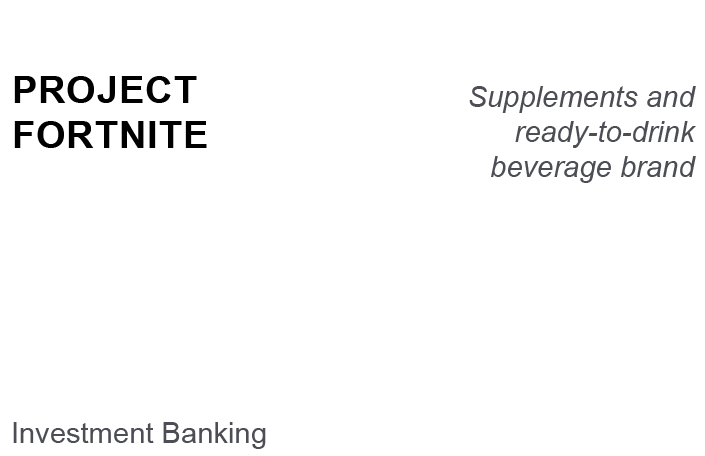 |
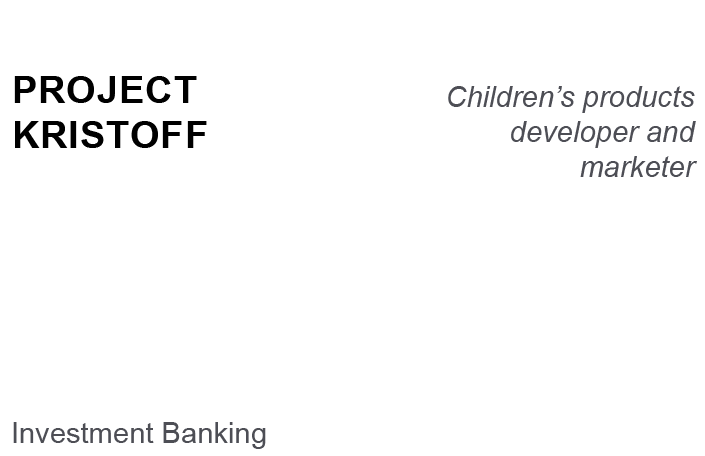 |
Selected Consumer Investment Banking Transactions
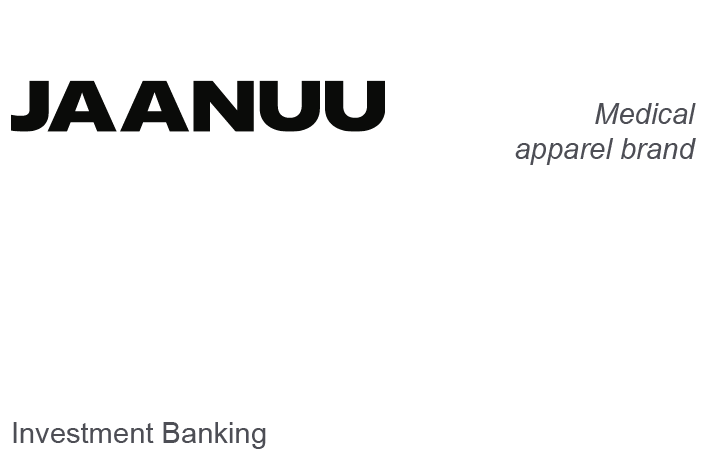 |
 |
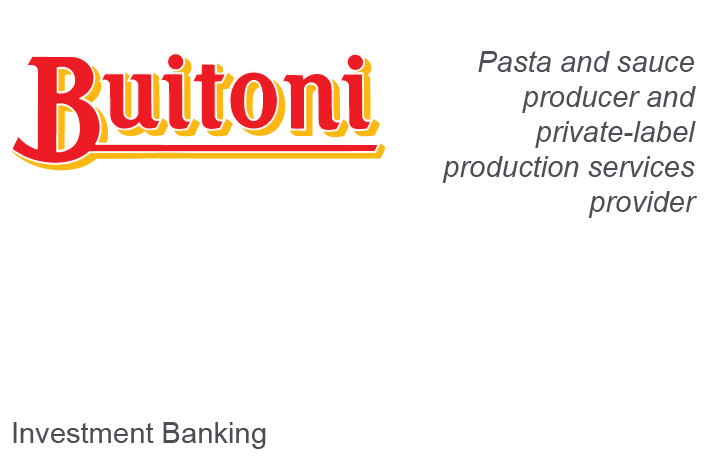 |
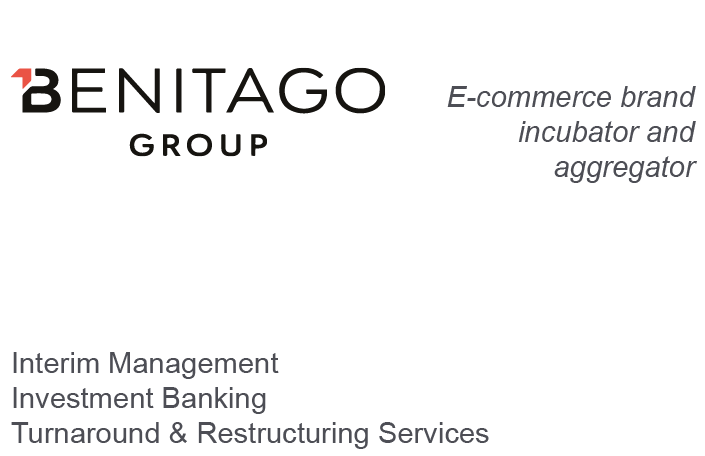 |
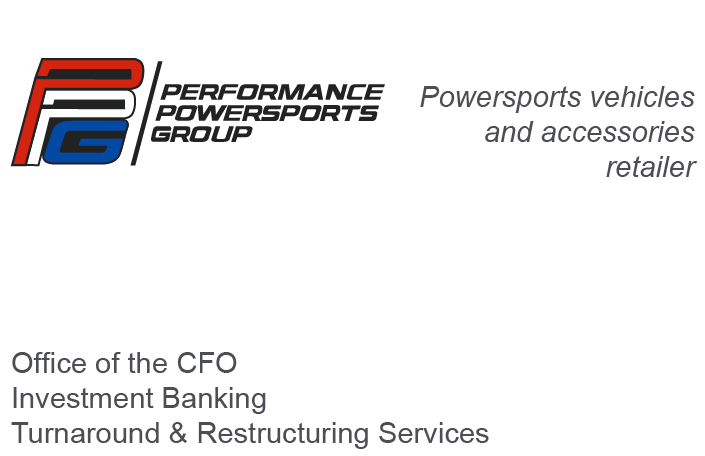 |
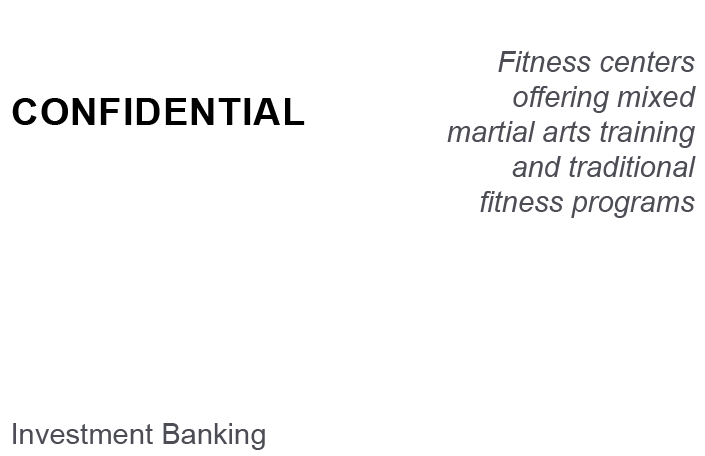 |
CLICK HERE TO DOWNLOAD THE PDF
Footnotes
1. Lending Tree, “Gen Zers and Millennials Overspend on Beauty Products,” (2025)
2. Innova Market Insights “Supplements Trends in the US,” (February 5, 2025)
3. LendingTree, “88% Say They’ve Changed Grocery Shopping Habits Due to Inflation — Here’s How,” (February 24, 2025)
4. BBB Programs, “Influencer Trust Index: Analyzing Credibility in the Creator Economy” (June 26, 2025)
5. Influencer Marketing Hub, “The State of Influencer Marketing 2020: Benchmark Report,” (December 16, 2024)
Disclaimer
Investing in securities involves risk, including the potential loss of principal. The value of investments can go down as well as up, and investors may not get back the full amount originally invested. Past performance is not indicative of future results. All investments carry some degree of risk, including the potential for loss of principal.
This document is for informational purposes only and does not constitute an offer or solicitation to purchase or sell securities. Investors should seek advice from a qualified financial advisor and conduct their own research and due diligence before making any investment decisions.
Investment Banking Services are offered through Triple P Securities, LLC. Member FINRA SIPC. Firm details on FINRAs BrokerCheck
THE PORTAGE POINT ADVANTAGE
With M&A activity expected to accelerate in the back half of 2025, Portage Point is uniquely positioned to help consumer companies navigate this complex landscape.
RELATED INSIGHTS
Consumer Sector in Flux – Insights on Tariffs, Inflation, Influencer Brands and the 2025 M&A Outlook
Investment Banking Services are offered through Triple P Securities, LLC. Member FINRA SIPC. Firm details on FINRAs BrokerCheck.

